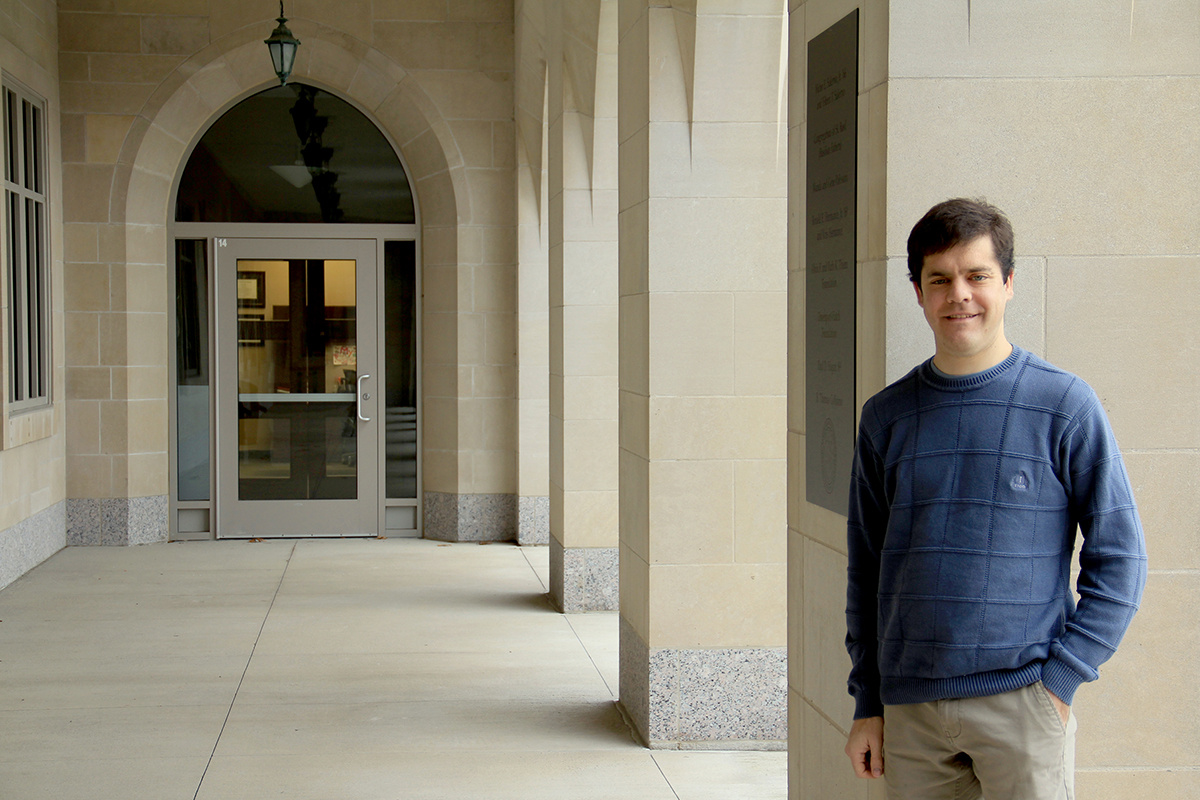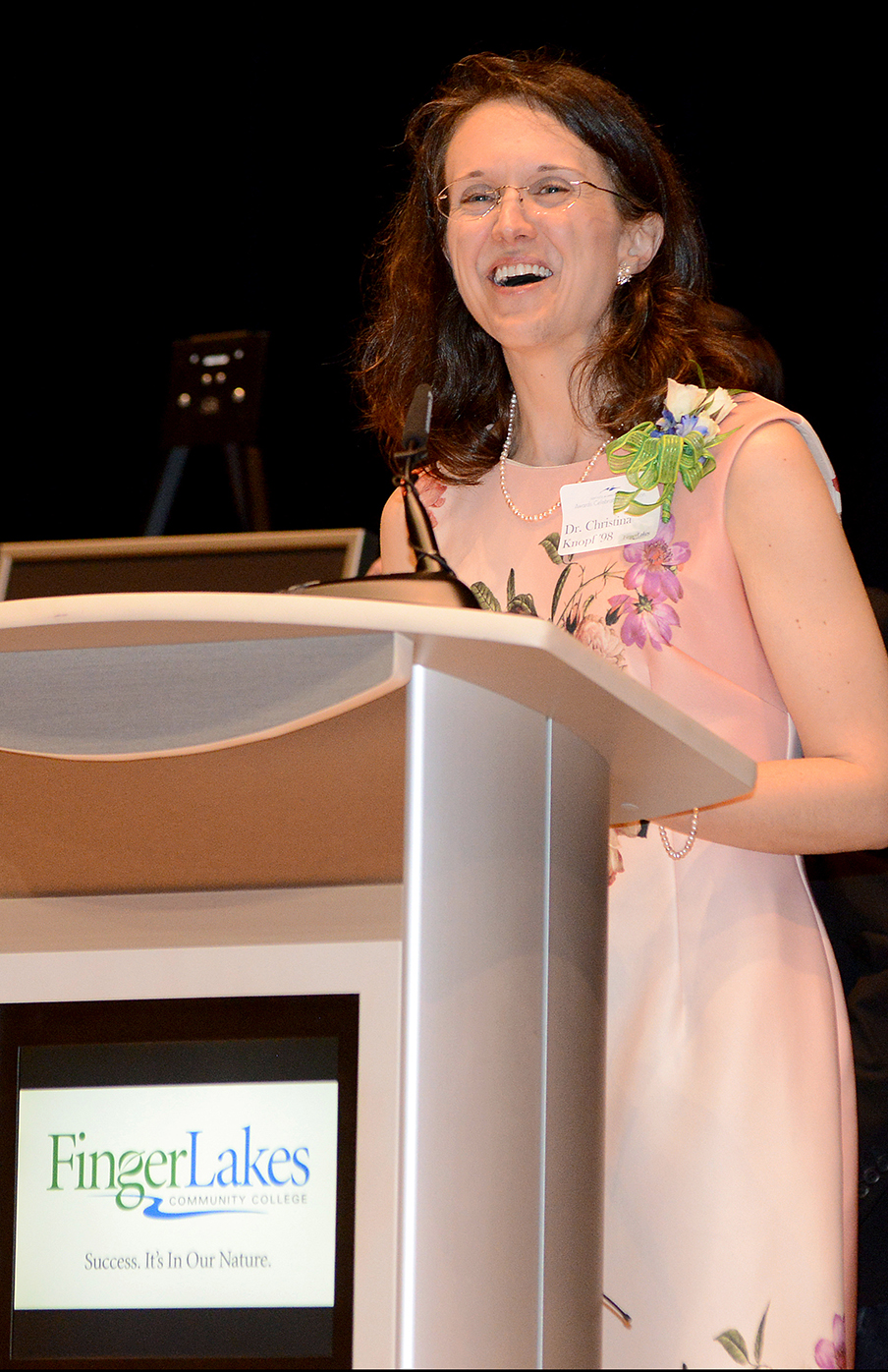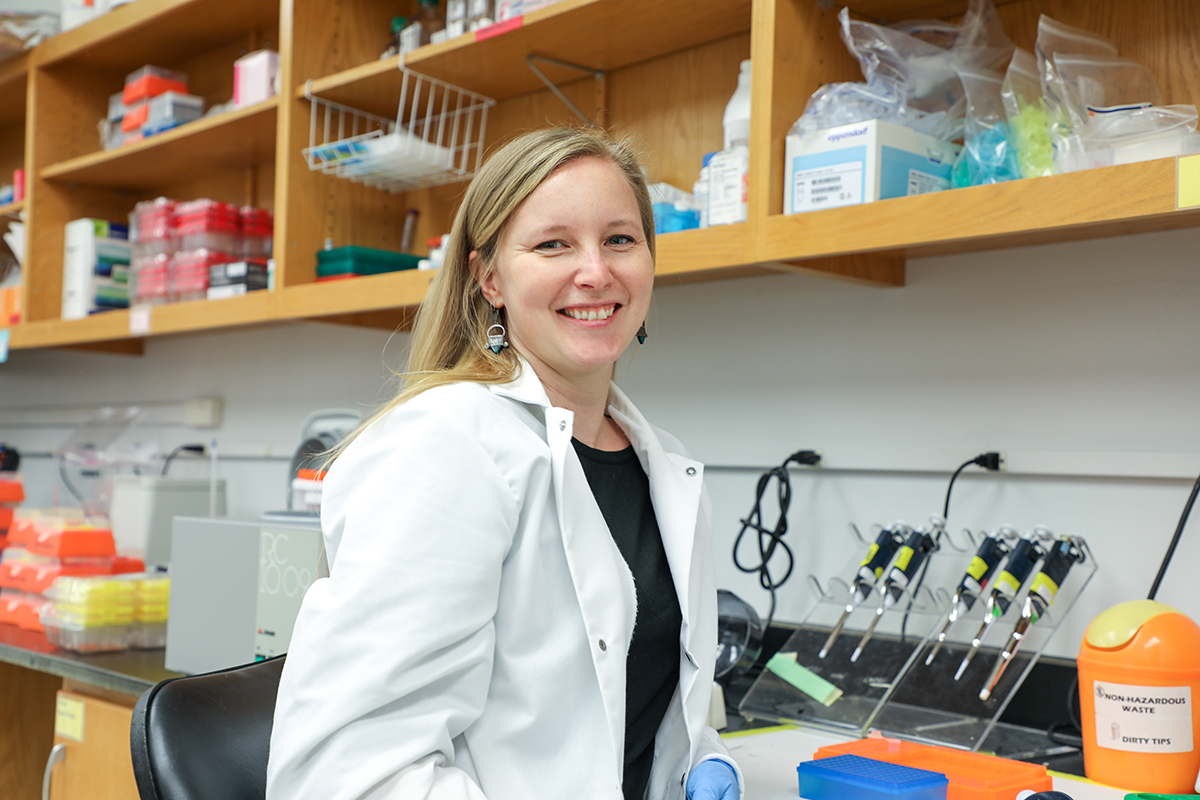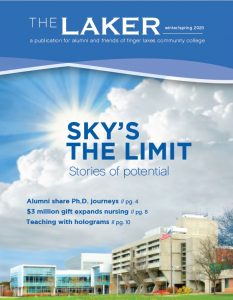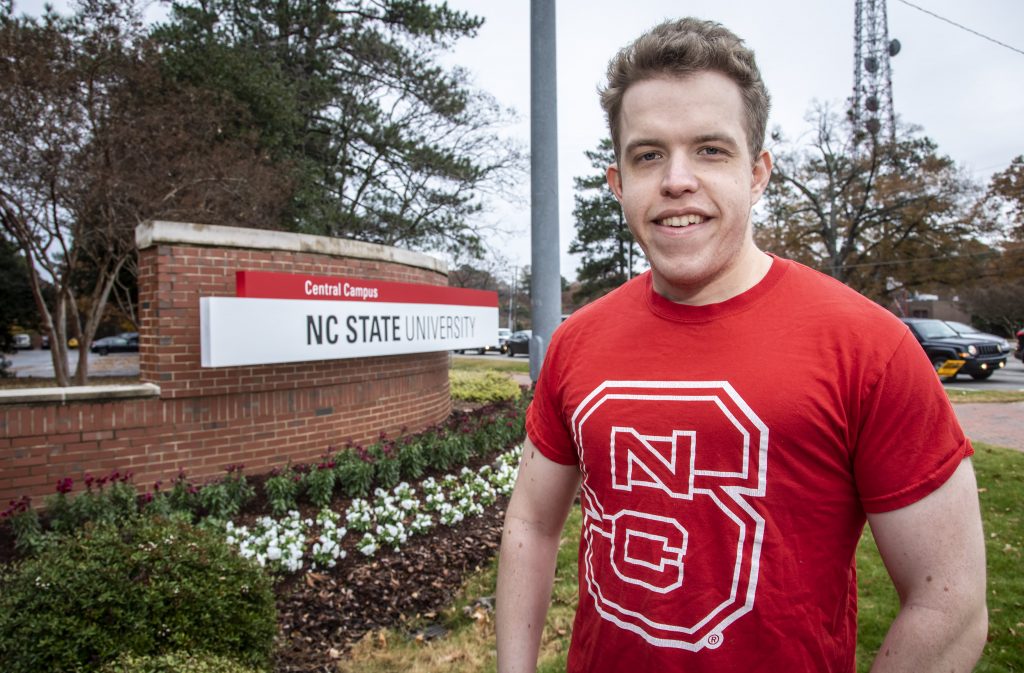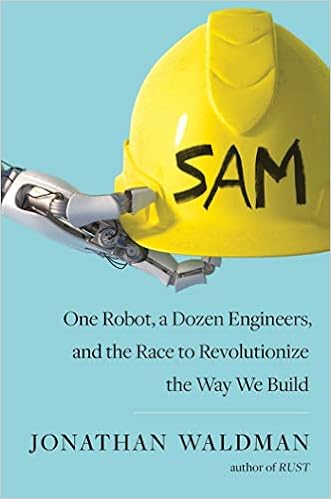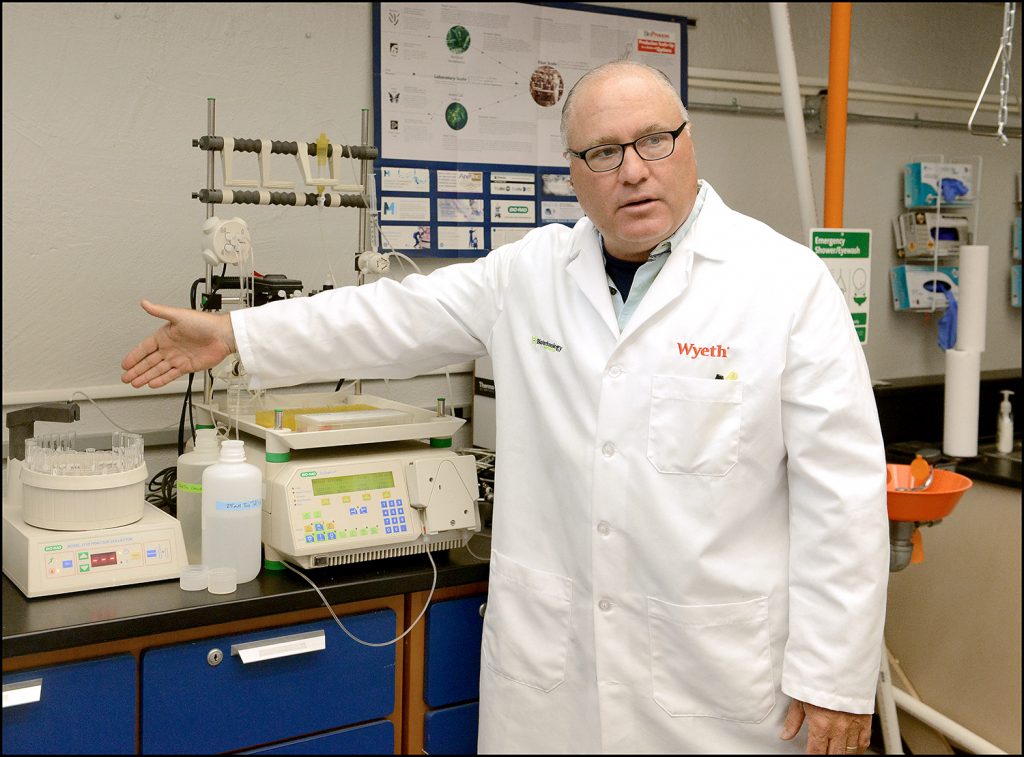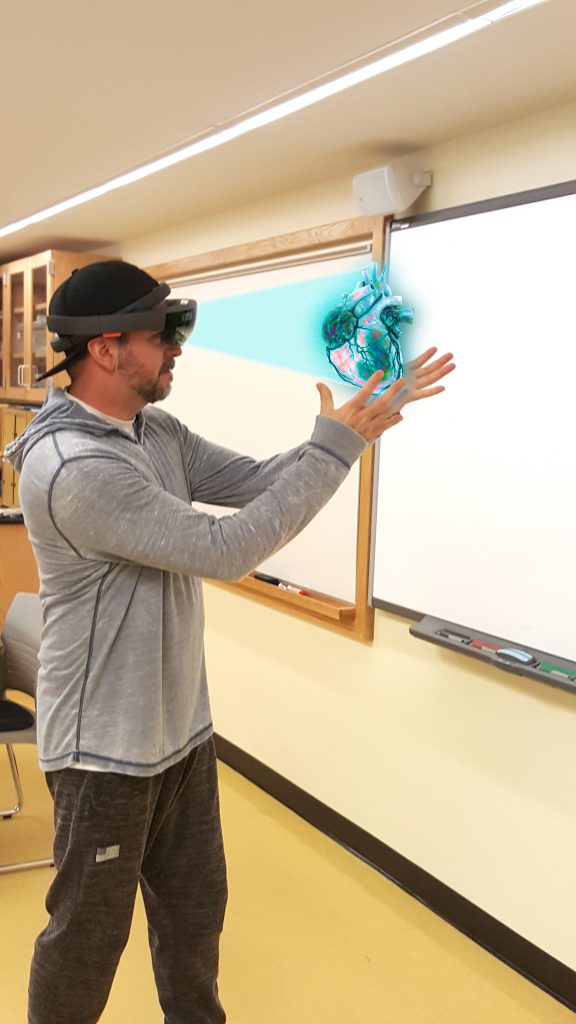
Kellie Gauvin, a biology professor and camp director, didn’t want to cancel because that means fewer options for kids over the summer. She tapped into the College’s expertise in online learning. FLCC has many online courses — about 80 percent of summer classes were already planned for an online before the pandemic began. FLCC faculty and staff have also experimented during the outbreak with new ways to teach and interact remotely.
The camps will be held over three weeks, from July 13 to 31, and consist of daily live meetings to discuss projects in topics such as conservation, art, technology, nutrition and athletic training. Participants can do all the projects or select the ones that most interest them.
Families can purchase access to the schedule and meetings for $15 or pay $50 for access and a materials kit. Siblings can participate but each materials kit is designed for individual use. Families can buy additional kits. Signups are online at flcc.edu/steam.
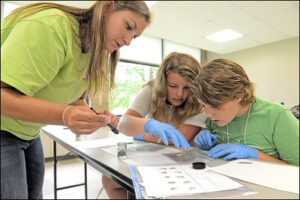
The camps had previously been in-person day camps open to students entering grades seven through nine in the fall. Educational institutions are part of phase four of the governor’s plan to reopen New York state, making it unlikely that the camps will be able to be held in person by July.
“One of the exciting things about summer camp is the ability to share experiences, often with a new group of people. The daily meetings allow us to capture that shared experience and offer children the opportunity to learn from one another,” said Gauvin.
FLCC is partnering with local business to create virtual field trips. Each faculty member who designed a project for the camp will lead the discussion about the project, giving campers the ability to interact with local experts in a range of fields.
STEAM stands for science, technology, engineering, art and math. Parents and students are welcome to email questions about the online program to STEAM.camp@flcc.edu.
Families that previously signed up for the in-person camps will get refunds.



